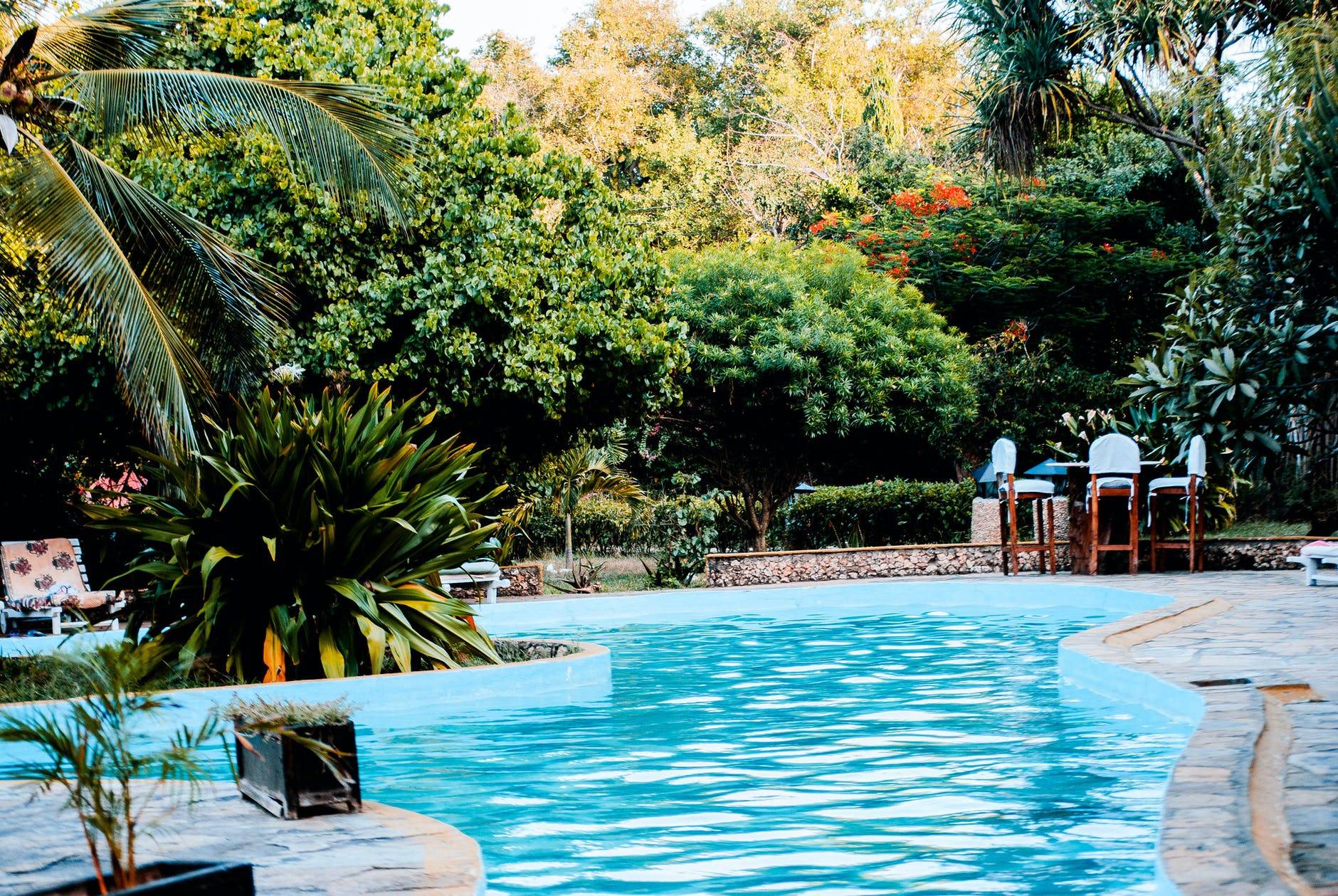First time poster here. Recently joined TFP and have been reading throughout the forums and also Pool School. I will be installing a Hayward 400,000 BTU gas heater soon and want to get my water into good balance prior. Like a previous poster in this forum I had a pool service that was taking care of the pool when I bought the house 6 months ago. After reading up on pool maintenance I figured out the pool service didn't know what they were doing (using pucks in skimmer/exclusively test strips) so I decided to take over the maintenance and save $185/month. Bought a Taylor K-2006 kit and here are my results.
FC 13
pH 7.6
TA 100
CH 380
CYA 150+++++ off the charts
Cl2 6
I have ditched the pucks and using liquid chlorine now. So I realize I will need to drain some water to lower CYA. I am going to do the exchange method using a submersible pump and drain into sewer system clean out. The city requires a permit to drain into the sewer system and due to COVID permit requests are taking longer. In the meantime should I work to lower TA with addition of MA and aerate to raise pH? Any other tips based on my results are welcome.
FC 13
pH 7.6
TA 100
CH 380
CYA 150+++++ off the charts
Cl2 6
I have ditched the pucks and using liquid chlorine now. So I realize I will need to drain some water to lower CYA. I am going to do the exchange method using a submersible pump and drain into sewer system clean out. The city requires a permit to drain into the sewer system and due to COVID permit requests are taking longer. In the meantime should I work to lower TA with addition of MA and aerate to raise pH? Any other tips based on my results are welcome.
Last edited:


 Great job on the testing with a good kit.
Great job on the testing with a good kit.  So you know the CYA is high, so that should be priority #1. No sense trying to adjust other things when that water will go out to the sewer. Once you get the CYA down to earth, ideally around 50 or so should be fine, then you can re-balance everything. Temps will begin to drop soon, so pool care will get much simpler soon.
So you know the CYA is high, so that should be priority #1. No sense trying to adjust other things when that water will go out to the sewer. Once you get the CYA down to earth, ideally around 50 or so should be fine, then you can re-balance everything. Temps will begin to drop soon, so pool care will get much simpler soon.